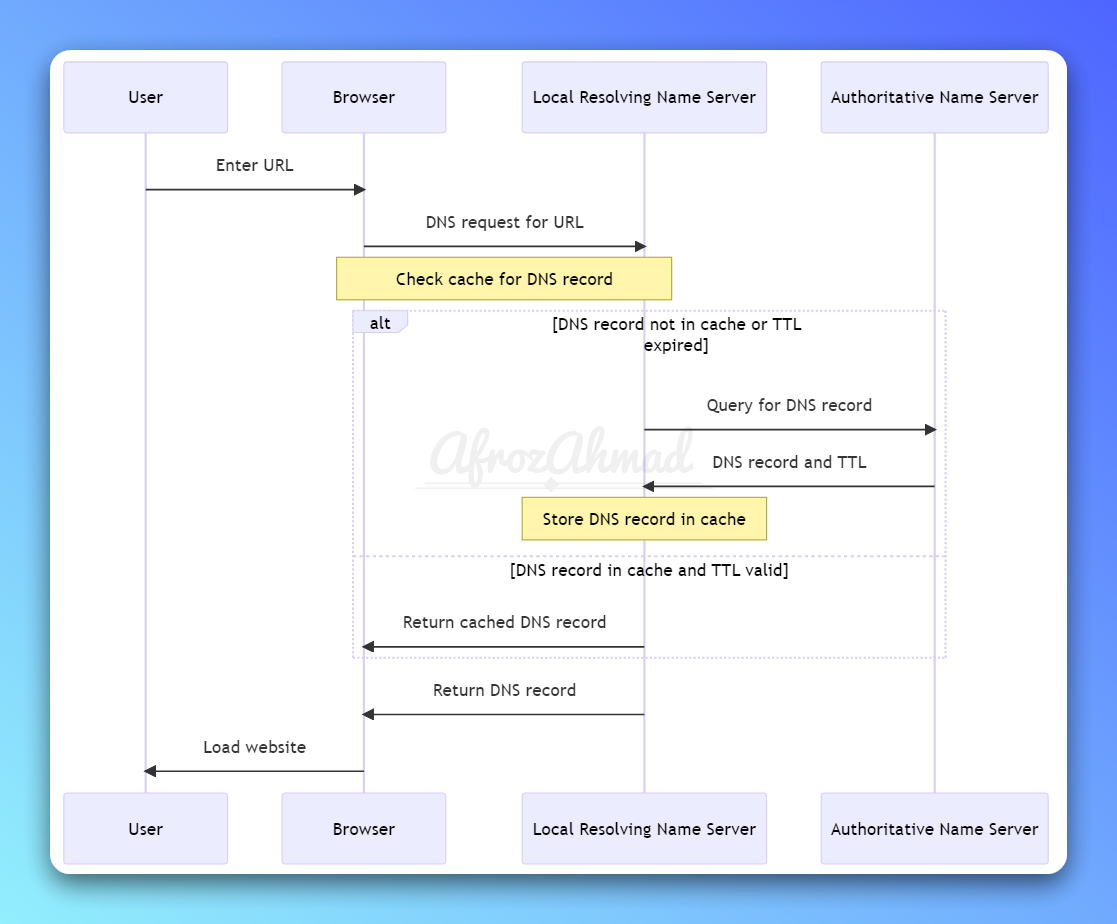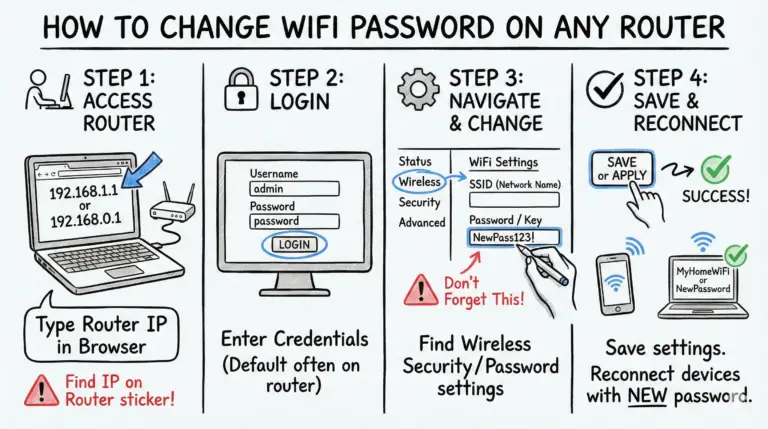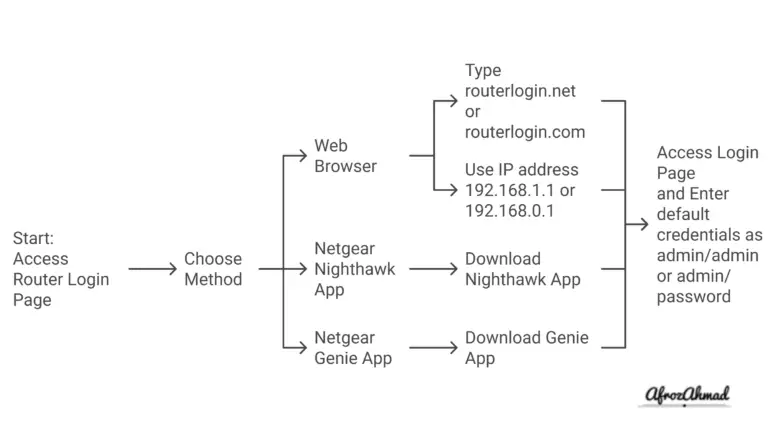- DNS TTL Explained
- What is TTL in DNS? – DNS TTL Meaning
- Why Use DNS TTL?
- How Does TTL in DNS Work?
- Choosing the Right DNS TTL Values
- Long vs. Short DNS TTLs: Pros and Cons
- How to Set the Default Value for a DNS Record's TTL
- Optimizing DNS TTL for Different Use Cases
- Troubleshooting DNS TTL Issues
- DNS TTL and Content Delivery Networks (CDNs)
- Conclusion
- FAQs
DNS TTL Explained
The Domain Name System (DNS) is the backbone of the internet, responsible for translating human-readable domain names into numerical IP addresses. One crucial aspect of DNS is Time to Live (TTL), which determines how long DNS records are cached before being updated. Data indicates that if a webpage takes 3 seconds or more to load, 53% of visitors will depart.
This comprehensive guide will provide an in-depth understanding of what is TTL in DNS, its purpose, how it works, best practices, troubleshooting, and how to optimize it for your domain. By the end of this article, you’ll be well-equipped to manage your DNS TTL effectively.
What is TTL in DNS? – DNS TTL Meaning
DNS TTL is a value assigned to each DNS record, indicating the duration that the record should be cached by DNS resolvers before being discarded and updated. TTL values are expressed in seconds, and they directly impact the speed and efficiency of DNS resolution.
For example, if a DNS TTL is set to 3600 seconds (1 hour), the DNS resolver will cache the record for an hour before requesting an updated version. This can help reduce the load on DNS servers and improve the browsing experience for end-users by speeding up DNS lookups.
Why Use DNS TTL?
Effective management of DNS TTL is crucial for several reasons:
- Performance: Properly configured TTL values can enhance the browsing experience by reducing the time it takes to resolve domain names and load webpages.
- Resource Management: By caching DNS records, resolvers can decrease the load on DNS servers, reducing bandwidth and infrastructure costs.
- Flexibility: Adjusting TTL values can provide greater control over how frequently DNS records are updated, allowing for faster propagation of changes when necessary.
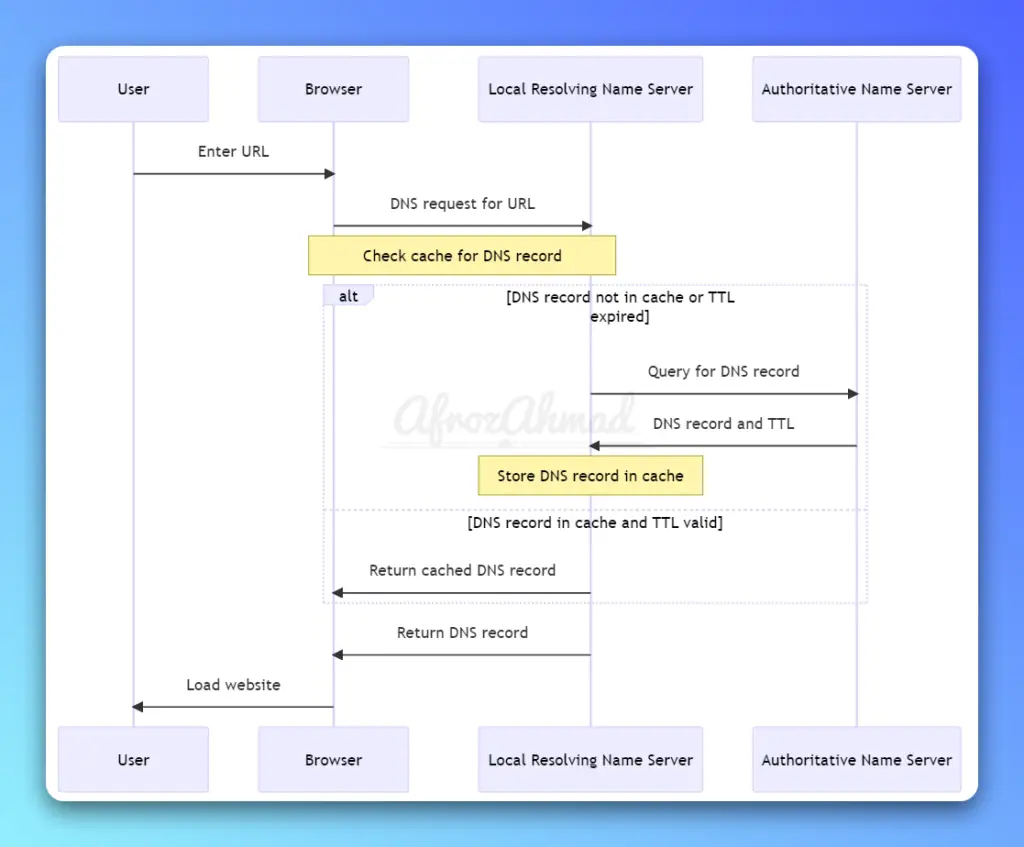
How Does TTL in DNS Work?
Here’s a step-by-step description of the process illustrated in the diagram above:
- User enters URL: The user types a URL into their browser and requests to visit a website.
- Browser sends DNS request: The browser sends a DNS request for the URL to the local resolving name server.
- Local resolving name server checks cache: The local resolving name server checks its cache to see if it already has a valid DNS record for the requested URL (i.e., the record’s TTL has not expired).
- If the DNS record is not in cache or TTL expired: In case the DNS record is not in cache or its TTL has expired, the local resolving name server queries the authoritative name server for the DNS record.
- Authoritative nameserver responds: The authoritative DNS server sends the DNS record and its associated TTL value back to the downstream DNS servers.
- Local resolving name server stores DNS record: The local resolving name server stores the received DNS record in its cache and sets the TTL countdown until the record expires.
- If the DNS record is in cache and TTL valid: If the local resolving name server finds a valid DNS record in its cache (i.e., the record’s TTL has not expired), it proceeds to return the cached DNS record to the browser.
- Local resolving name server returns DNS record: The local resolving name server returns the DNS record (either fetched from the authoritative name server or from its cache) to the browser.
- Browser loads website: With the received DNS record, the browser is able to load the requested website for the user.
This step-by-step explanation corresponds to the events and interactions displayed in the Mermaid diagram, demonstrating the role of TTL in the DNS resolution process.
Choosing the Right DNS TTL Values
Using the appropriate TTL can offer benefits such as reducing the load on DNS servers and faster responses during DNS lookups. However, setting TTL too low can cause frequent updates and excess query volume, leading to heavier loads on the network. Similarly, setting TTL too high can cause longer loading times and DNS propagation delays, which can affect critical services.
Selecting the appropriate DNS TTL values for your domain depends on several factors:
- Frequency of Changes: If your website’s IP address or other DNS records change frequently, a shorter TTL value may be appropriate to ensure that updates are propagated quickly.
- Infrastructure and Resources: Longer TTL values can help reduce the load on DNS servers and save bandwidth but may result in slower propagation of changes.
- Security: Shorter TTL values can help mitigate the impact of DNS-based attacks by allowing for faster updates to DNS records.
In general, common TTL values range from 300 seconds (5 minutes) for frequently updated records to 86,400 seconds (24 hours) for more static records.
Long vs. Short DNS TTLs: Pros and Cons
Here’s a table summarizing the pros and cons of long and short DNS TTLs:
| TTL Length | Pros | Cons |
|---|---|---|
| Long | Improved performance due to cached DNS records | Slower propagation of DNS changes |
| Reduced load on DNS servers | Increased risk of outdated DNS records being served | |
| Lower bandwidth usage | ||
| Short | Faster propagation of DNS changes | Increased load on DNS servers |
| Greater control over DNS record updates | Higher bandwidth usage | |
| Potential security benefits (e.g., mitigating DNS cache poisoning) | Potential performance impact on end-users |
How to Set the Default Value for a DNS Record’s TTL
To set the default value for a DNS record’s TTL, you need to access your DNS provider’s configuration panel and select the appropriate default TTL value. The process varies depending on the provider, but in general, you can navigate to the DNS management section and choose the default TTL value that works best for your domain. Here is how you can do it in the Cloudflare dashboard.
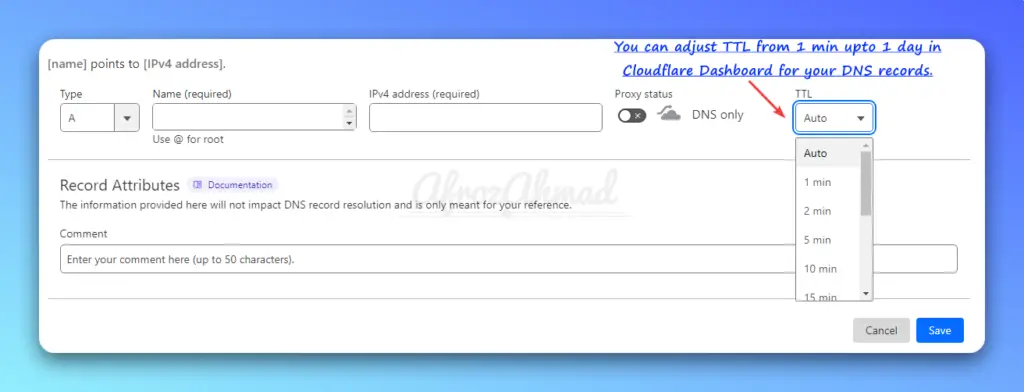
It’s essential to ensure that your DNS configuration is up-to-date so that your domain can operate smoothly without any hiccups.
Optimizing DNS TTL for Different Use Cases
Various use cases require different TTL optimizations to strike a balance between performance and flexibility:
- Static websites: For websites with infrequent changes, longer TTL values (e.g., 24 hours) can improve performance and reduce the load on DNS servers.
- Dynamic websites: Websites with frequently changing content or IP addresses may benefit from shorter TTL values (e.g., 5 minutes) to ensure that changes propagate quickly.
- Load balancing: In cases where load balancing is employed, a shorter TTL value may be necessary to ensure that traffic is distributed evenly across multiple servers.
- Emergency situations: In situations where you anticipate the need for rapid DNS updates (e.g., during a DDoS attack), temporarily lowering the TTL value can help propagate changes faster.
Troubleshooting DNS TTL Issues
To troubleshoot DNS TTL issues, consider the following:
- Verify TTL settings: Check your DNS provider’s control panel to ensure that your TTL values are set correctly.
- Use online tools: Online DNS lookup tools can help you verify the current TTL values for your domain and monitor propagation times.
- Check Caching: Investigate potential issues with caching by clearing your local DNS cache and testing DNS resolution from multiple locations.
- Monitor performance: Regularly monitor your website’s performance and DNS resolution times to identify potential issues with your TTL settings.
- Use Analytics Tools: Utilize website analytics tools, like Google Analytics, to monitor user experience metrics, such as page load times, bounce rates, and more. If you notice performance issues, assess your DNS TTL settings and make necessary adjustments.
- Test different TTL values: Experiment with different TTL values to determine the ideal balance between reducing server load and ensuring up-to-date information. Monitor the impact of these changes on your website’s performance and user experience.
- Stay informed on Industry Best Practices: Keep yourself updated on industry best practices and guidelines for DNS TTL settings. Regularly review your domain’s TTL values and adjust them accordingly to stay in line with evolving standards and technologies.
DNS TTL and Content Delivery Networks (CDNs)
Content Delivery Networks (CDNs) are services that cache and distribute your website’s content across multiple servers around the world. CDNs can impact DNS TTL settings in the following ways:
- Improved Performance: By caching content close to the end-users, CDNs can significantly reduce the reliance on DNS queries, resulting in faster website load times and reduced server load.
- CDN-Specific TTL Settings: CDNs often have their own TTL settings, which may differ from your domain’s DNS TTL values. It’s important to ensure that these settings are aligned with your overall DNS strategy to maximize the benefits of using a CDN. For example, in Cloudfront, by default, all proxied records have a TTL of Auto, which is set to 300 seconds. Check out the below diagram.

Conclusion
Understanding and optimizing DNS TTL is crucial for maintaining an efficient and responsive online presence. By considering factors such as the frequency of changes, infrastructure resources, and security implications, you can choose the right TTL values for your domain. With effective DNS TTL management, you can achieve a balance between performance, flexibility, and resource management, ensuring a smooth browsing experience for your users.
FAQs
What does TTL mean in DNS?
In DNS (Domain Name System), TTL stands for Time To Live. It is a critical component that dictates the length of time a DNS record should be cached by a DNS resolver before it queries for an updated record.
The TTL value, set by the domain owner, informs downstream DNS servers how long to store the DNS record before it expires. This value helps balance the trade-offs between performance, server load, and propagation of DNS changes.
- MikroTik CRS305-1G-4S+ Review: The Ultimate Budget SFP+ Switch Guide - December 25, 2025
- 10 Best Network Switches for Home Networks in 2026 (Top Picks) - December 24, 2025
- 7 Best Budget Routers For Small Business Networks (Under $200) - December 22, 2025

